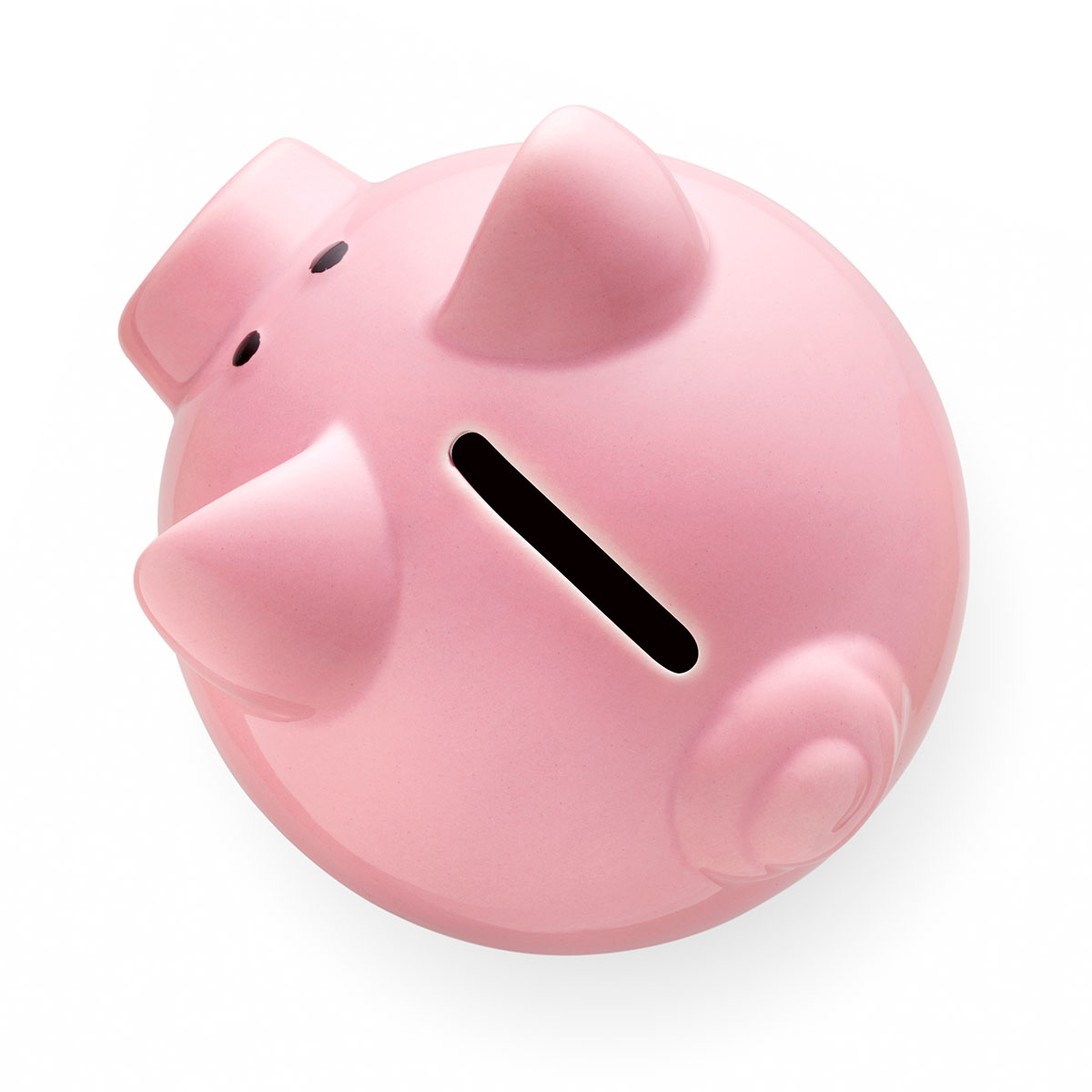The increasing popularity of do-it-yourself (DIY) videos courtesy of YouTube, has spurred a wave of people eager to learn what they can save money on by doing it themselves. Many are even questioning why they should spend money on expensive braces when they can do it at home — and practically for free — with just dental floss or elastic bands.
How to make DIY braces
You’ve probably heard of lingual braces, ceramic braces and metal braces. But have you heard about floss or elastic band braces? They say where there’s a will, there’s a way. And that includes at-home orthodontics. It’s a startling yet growing trend among those who want straight teeth without going to the dentist.
A majority of those opting for homemade or DIY braces either don’t have dental insurance or simply can’t afford their projected out-of-pocket expenses. Instead, for less than $5, they’re buying dental floss or elastic hair rubber bands and tying them around their teeth. Over the course of a few weeks to a few months, the pull of the “gap bands” straighten the crooked teeth and close any gaps.
Ironically, a quick Internet search of “gap bands” brings up Goody Ouchless Mini Elastics, a rubber band intended to not pull your hair during wear, is now being used to pull teeth closer together. If you did a quick search yourself, you may be thinking, “Those bands look just like what dentist use.” Well, yes and no. The use of elastic bands in orthodontics has been around for decades. But, there’s a science to moving teeth that comes from years of study. If it were as easy as YouTube vloggers make it seem, we wouldn’t need dentists.
While having a Macgyver-esque mentality is certainly handy in a variety of situations, DIY braces isn’t one of them. On the surface, it’s easy to be drawn in by the promise of a perfect smile without going to the dentist. But what’s going on beneath the surface?
Are free braces worth it?
Let’s think about it this way. If you had a broken hand or nose that needed to be reset, you would (hopefully) go to the doctor to ensure that it was properly realigned so that it would heal correctly. Your teeth are no different. To put it in more black and white terms, the potential risks of DIY braces far outweigh the reward of potentially saving a buck.
Here are just some of the dangers of DIY braces:
- Gum and tooth pain
- Unbalanced bite
- Relapse of teeth into their original, undesired position
- Gum inflammation
- Gum infection
- Discolored teeth from loss of blood flow
- Root damage
- Loose teeth
- Loss of teeth
- Bone loss
How to save at the dentist
An ounce of prevention is worth a pound of cure. If you want to save money at the dentist, you can do so by practicing good dental hygiene and by making good decisions about your dental health. This includes not playing orthodontist on your chompers.
When Dr. Steven Astuto, an orthodontist from Texas, was asked about the dangers of DIY braces, he didn’t hold back. “So what you started out hoping would be a really quick fix to close that little space is now costing you thousands and thousands of dollars in surgical fees and now you have to have two implants to replace those front teeth, and it’s just not a good situation.”
With that being said, we can now also add “excess dental fees” to the risk list started earlier.
Affordable braces without dental insurance
Even with dental insurance, the cost of braces is expensive. Considering that most individual dental insurance plans have a maximum annual benefit of $1,000 to $1,500 and that braces can cost anywhere from $3,000 to $10,000, many people feel they’re in a lose-lose situation.
Fortunately, there’s an alternative dental insurance known as a Cigna dental savings plan or Cigna dental discount plans. If you need braces but can’t afford traditional dental insurance, a dental savings plan may be a better fit for you. Think of it like Triple A of the dental world. You pay a low annual membership fee directly to the dentist, and receive discounts upward of 60% on a variety of dental services in return. Since the dental insurance provider is cut out of the equation, the dentist is able to pass the savings on to you.
Here’s a quick look at some additional benefits Cigna dental savings plans offer that dental insurance doesn’t:
- Discounts between 10% to 60% on most dental procedures
- No maximum annual benefit
- Eligible for discounted work even if you have a preexisting condition
- No waiting period to take advantage of discounts
Plus, most dentists will accept both dental insurance and dental savings plans. If you’re not sure if your dentist will, all you have to do is ask.
Save your smile
In closing, if something sounds too good to be true, like DIY braces, it probably is. Save your smile from the dangers of this trend and instead spend some time understanding your dental care options. You’ll be glad you did.







